An orbiting satellite testing the feasibility of technology to collect and transmit solar energy to Earth successfully completed a year-long mission.
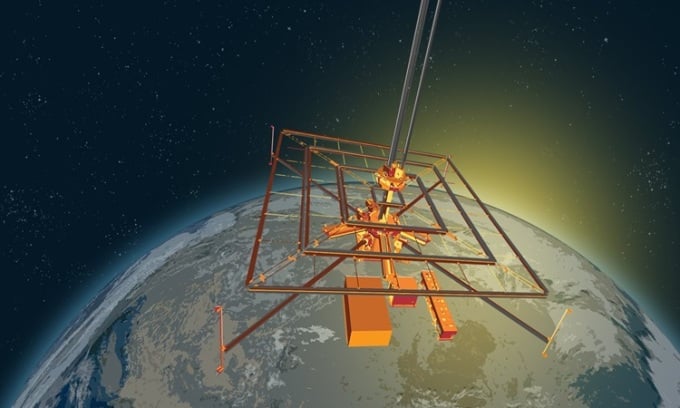
Simulation of the Solar Space Power Demonstrator satellite in low orbit. Photo: Caltech
According to the mission summary announced by the California Institute of Technology (Caltech) on January 16, the engineers behind the Solar Space Power Demonstrator (SSPD-1) project evaluated all three devices placed on the 50 kg satellite prototype as operating successfully and believe that the project "will open up the future for solar energy in space", according to Popular Science .
Launched on a SpaceX Falcon 9 rocket in early January 2023, SSPD-1 will carry out a trio of experiments. First, the Deployable on-Orbit ultraLight Composite (DOLCE) experiment will test the durability and efficiency of origami-inspired ultralight solar cell structures. Meanwhile, the ALBA experiment will test 32 solar cell designs to determine which are best suited for space. Meanwhile, the Microwave Array for Power-transfer Low-orbit (MAPLE) experiment will test a microwave transmitter to beam solar energy collected in orbit back to Earth.
Most importantly, MAPLE demonstrated for the first time that solar energy could be collected using photovoltaic cells and transmitted to Earth via microwave beams. Over eight months, SSPD-1 team members deliberately increased the stress on MAPLE, which resulted in a decrease in its ability to transmit energy. The team then simulated the problem in the lab, determining that the cause lay in complex thermal-electric interactions and the weakening of individual components within the cluster.
The results help refine the design of many of MAPLE's components to maximize long-term performance, said Ali Hajimiri, co-director of Caltech's Space Solar Power Project (SSPP) and professor of electrical and medical engineering.
Today’s solar cells used in satellites and other space technologies cost more than 10 times as much to produce as their ground-based counterparts. Caltech explains that this is largely due to the cost of adding a protective layer of crystalline film, called tensile growth, to the outer layer. Using ALMA, researchers determined that while perovskite solar cells are promising designs on Earth, they have large gaps in performance in space. Gallium arsenide cells, on the other hand, operate reliably over long periods of time without the need for an additional layer.
For DOLCE, the team admits that not everything went according to plan. Despite initially being intended to be deployed for three to four days, DOLCE encountered a number of technical issues, including faulty wiring and mechanical components. However, researchers worked to resolve the issues by using satellite cameras to simulate malfunctions in the lab.
But even if SSPD-1 is successful, it will still be years before solar energy can be harnessed efficiently and affordably by satellite. Previous estimates put the cost of solar power in space at $1-2/kWh, while the current cost in the US is less than $0.17/kWh. The cost of materials will need to come down significantly, but they will still need to be robust enough to withstand solar radiation and geomagnetic activity in space.
There are many other issues that need to be addressed before space solar power can contribute to a sustainable energy infrastructure for humanity. The amount of power delivered by SSPD-1 via microwave beams is tiny compared to everyday needs, and the space solar cell would need to be thousands of meters wide. There are also significant safety issues when transmitting powerful microwaves and lasers back to Earth. The SSPP team is working to resolve all of these issues before an orbital solar farm becomes a reality.
An Khang (According to Popsci )
Source link


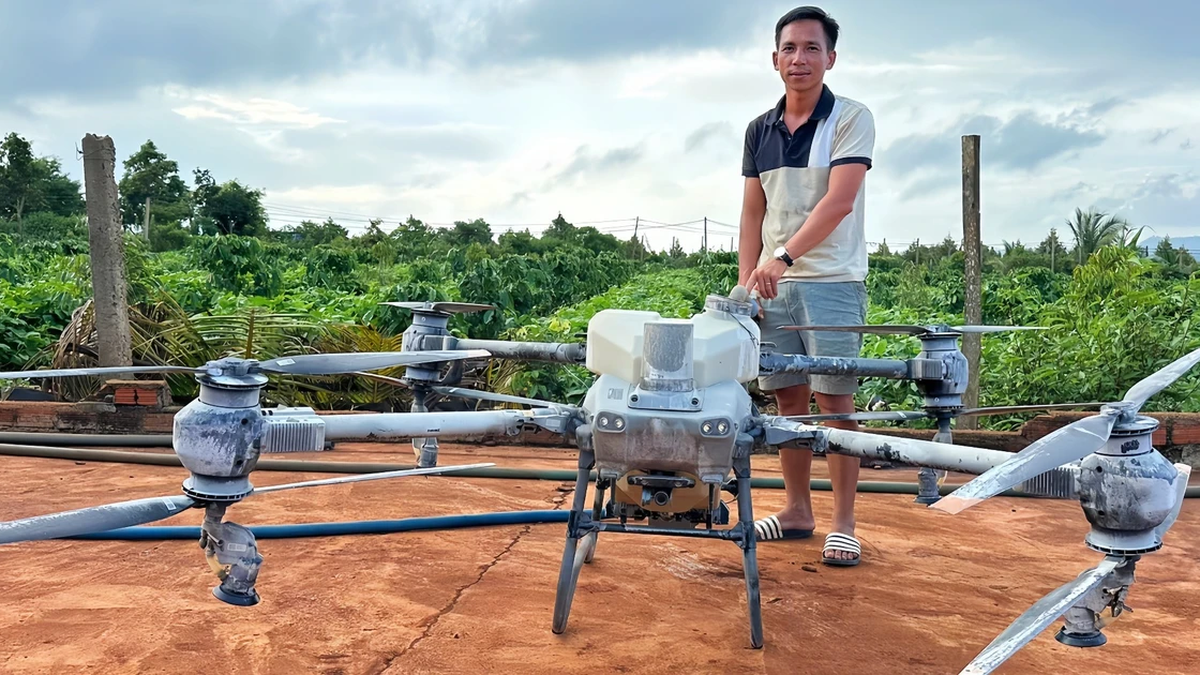

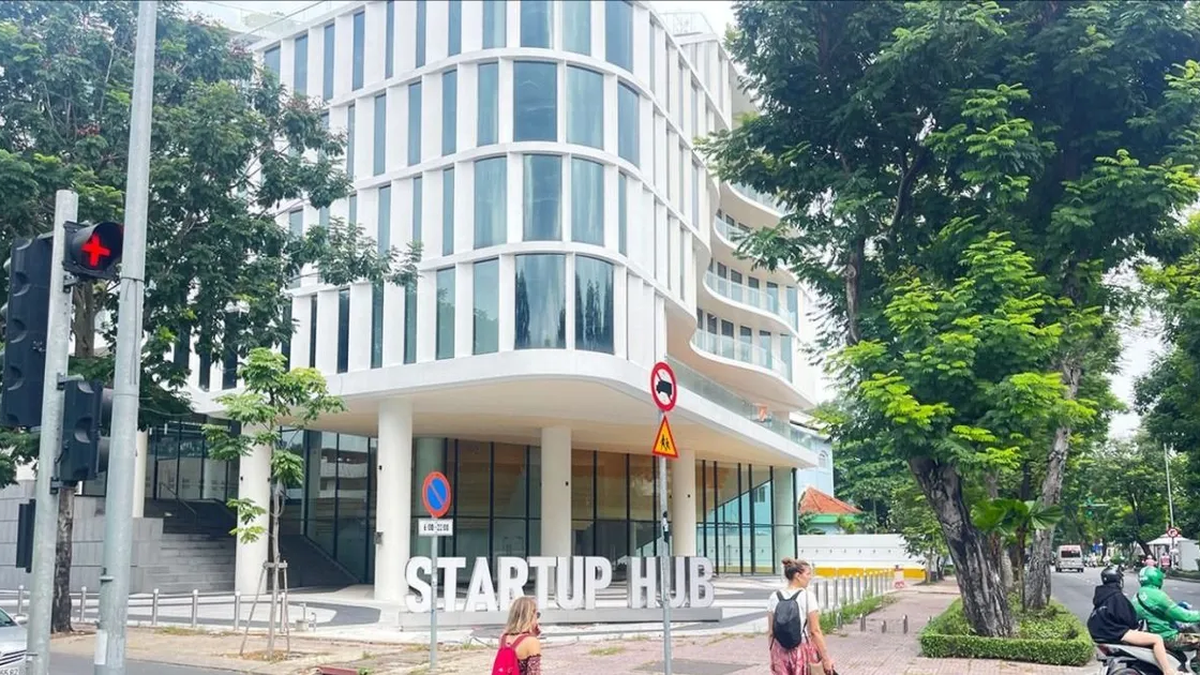
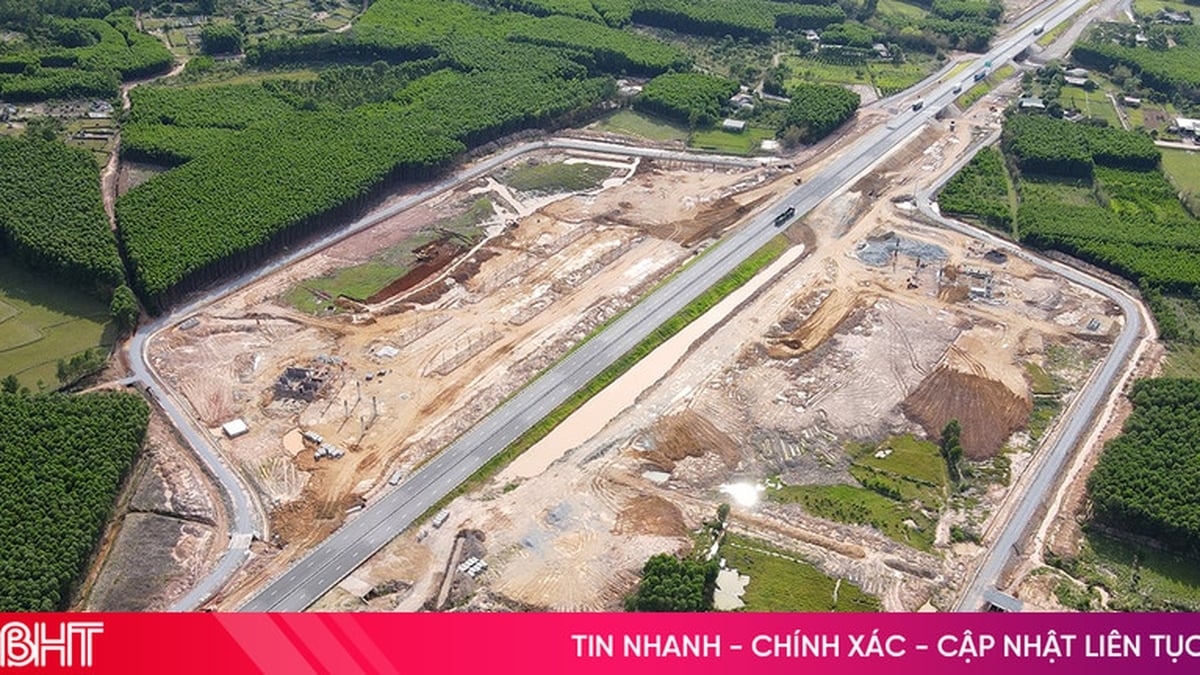
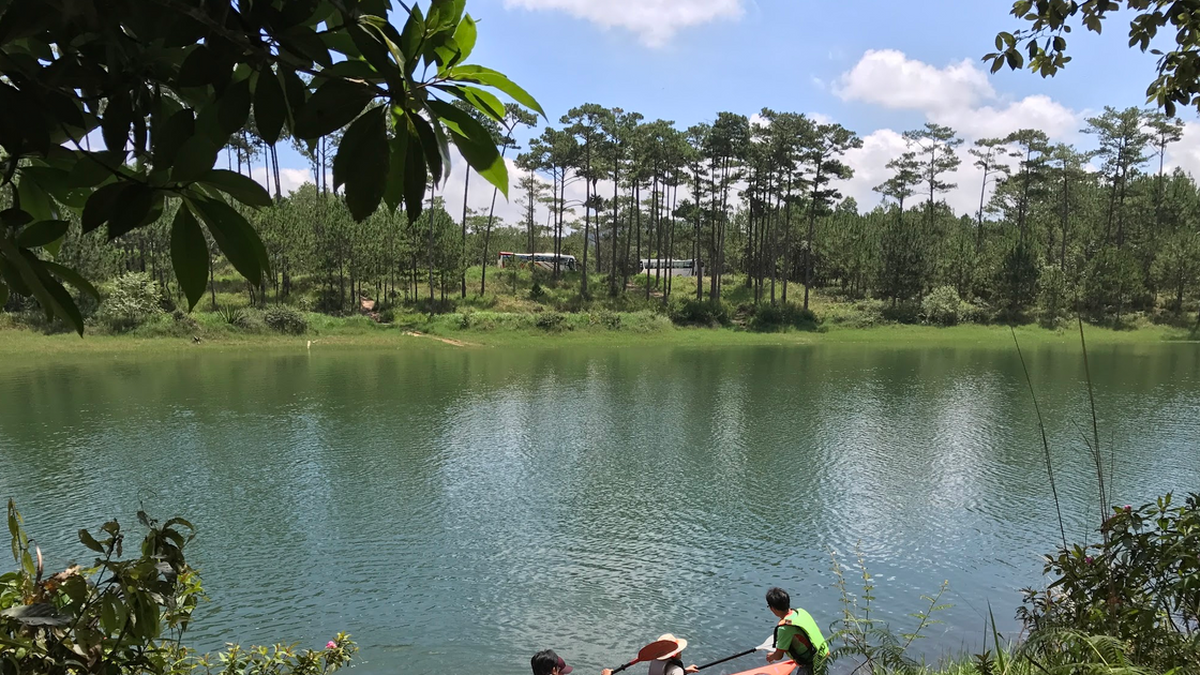
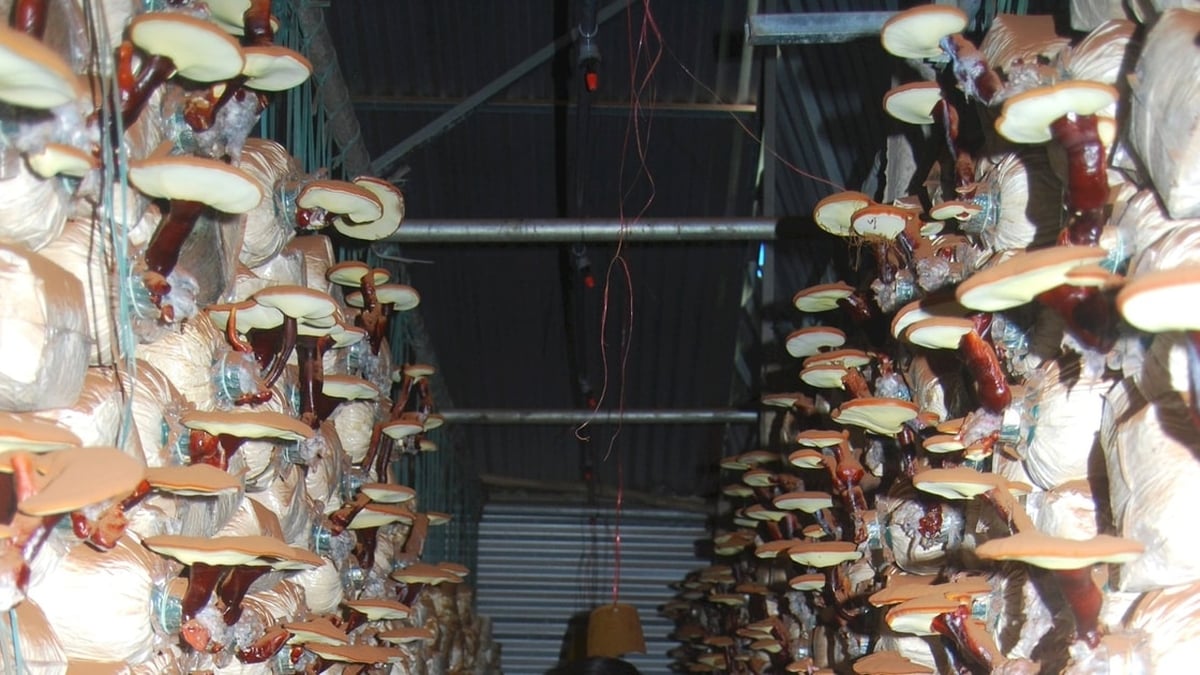
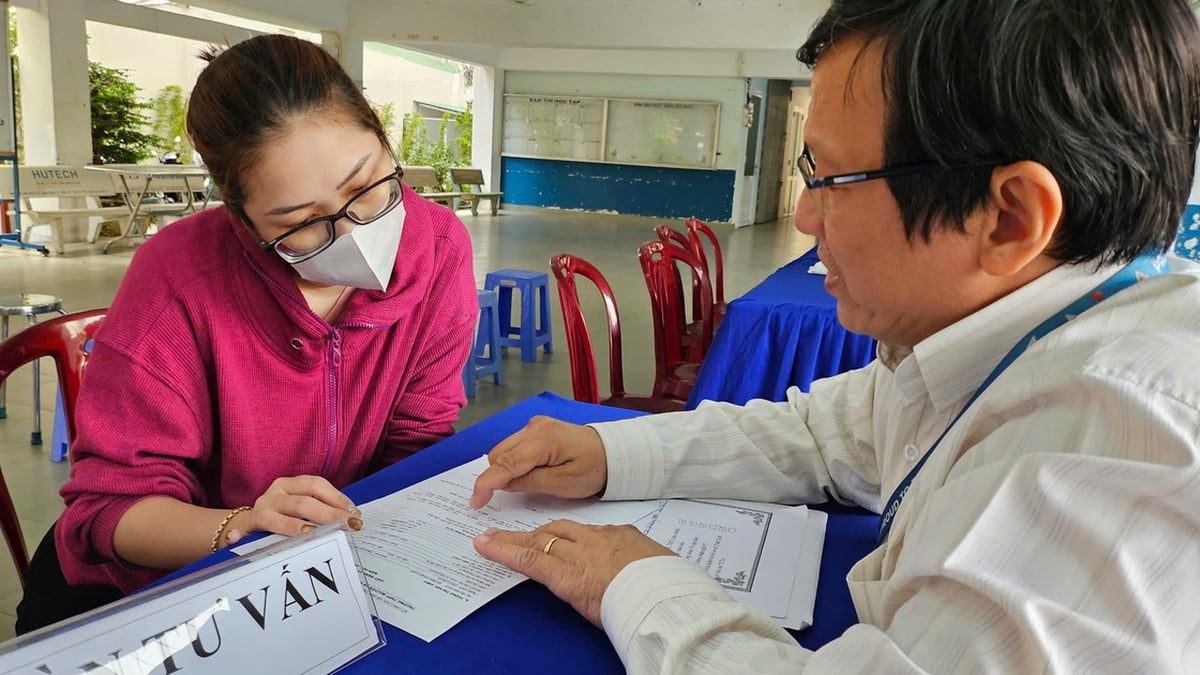
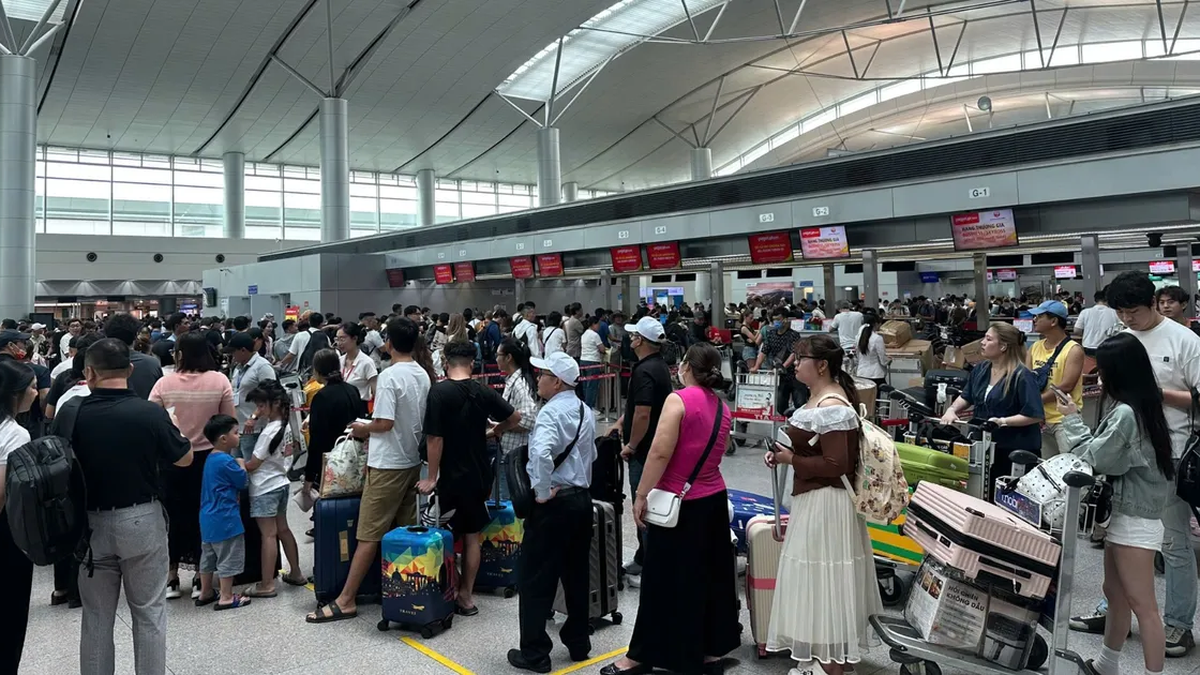
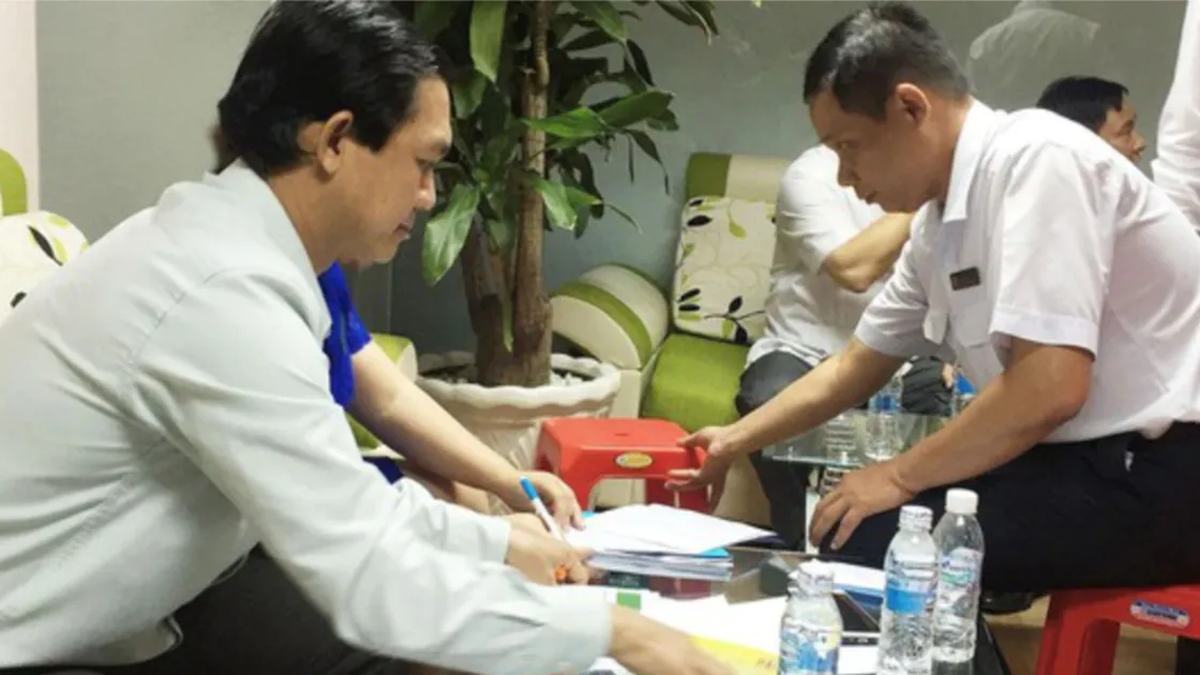
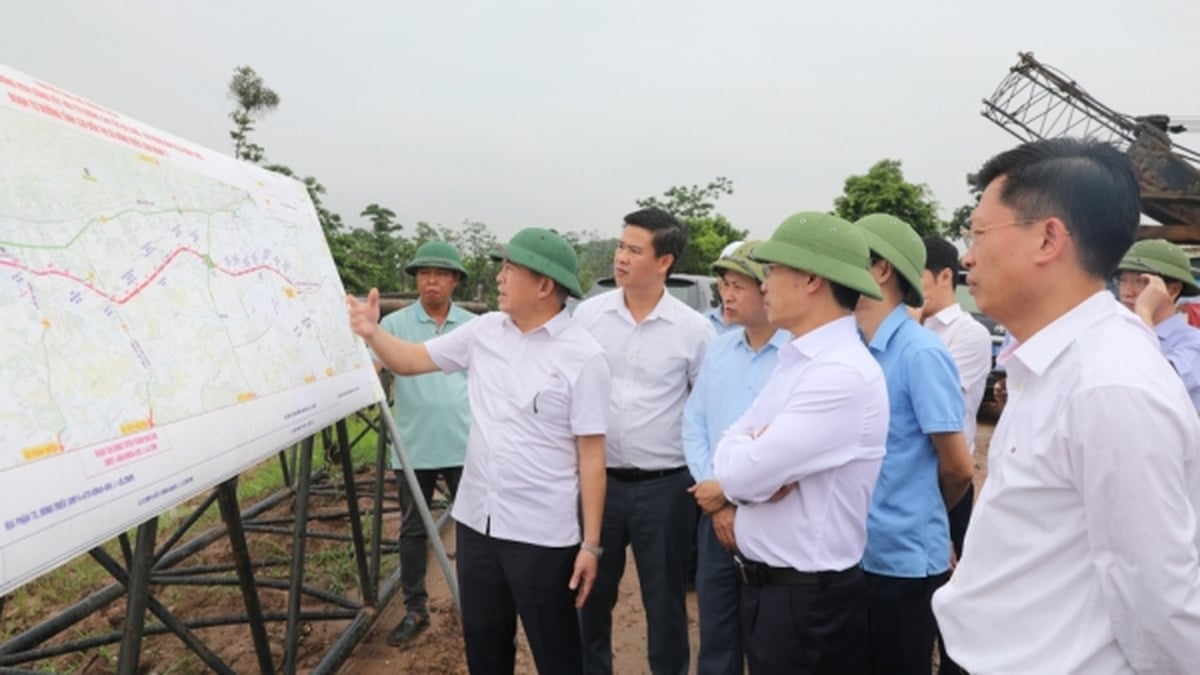













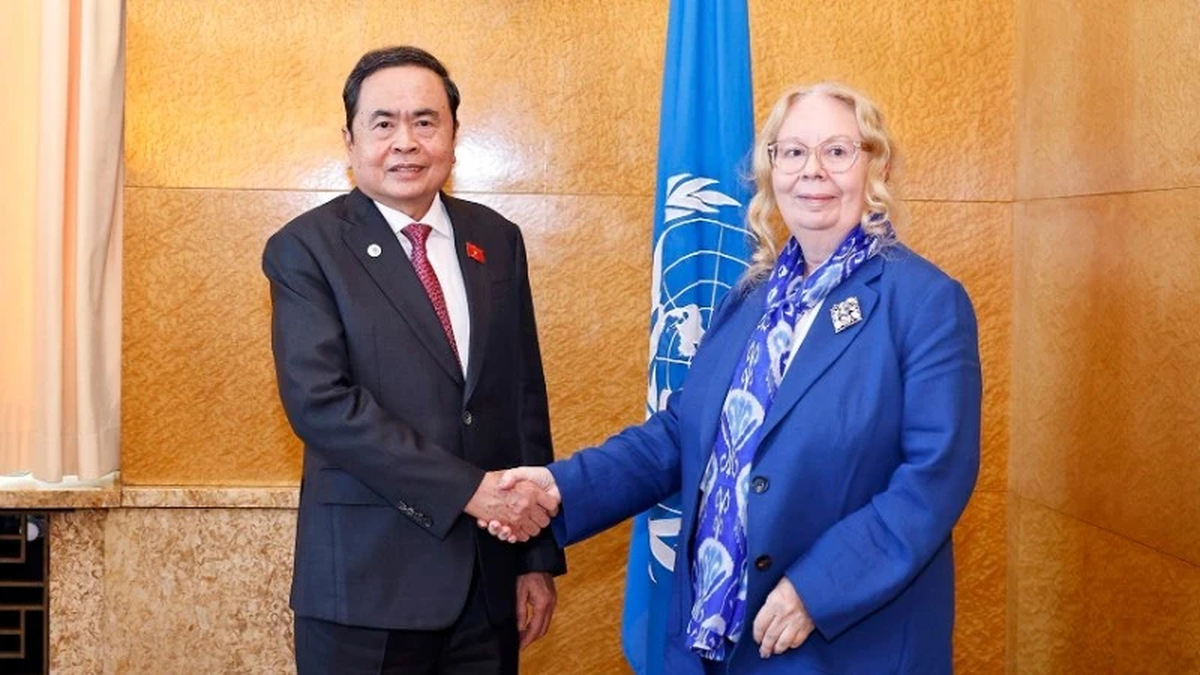

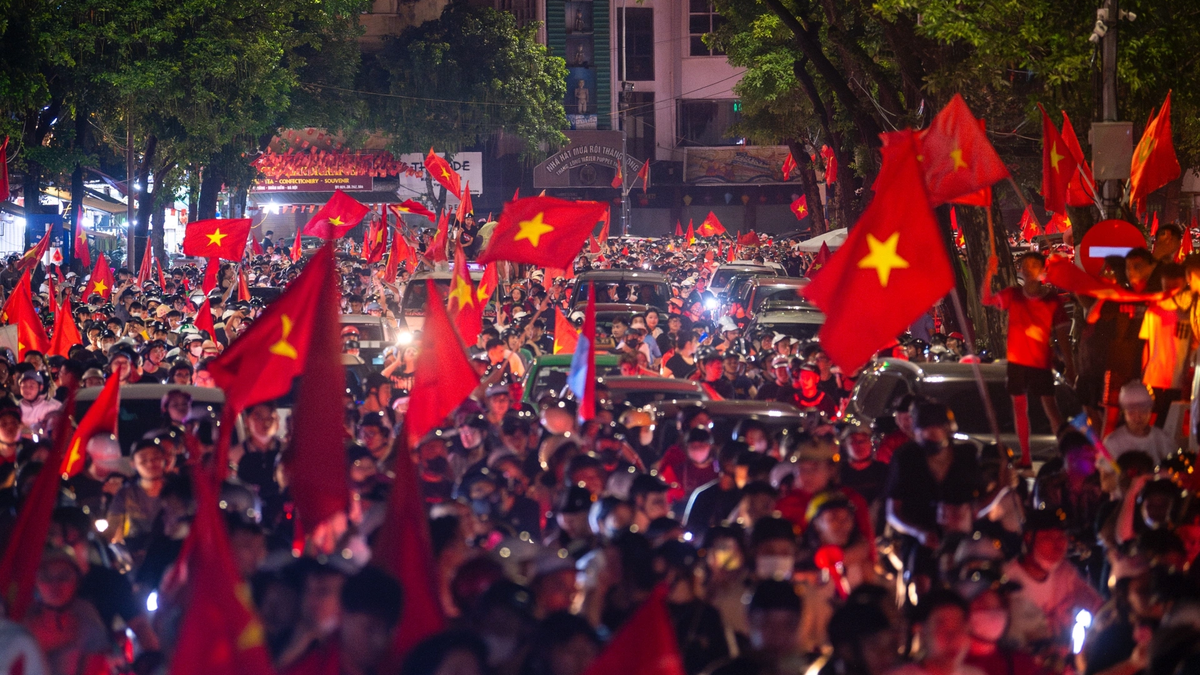
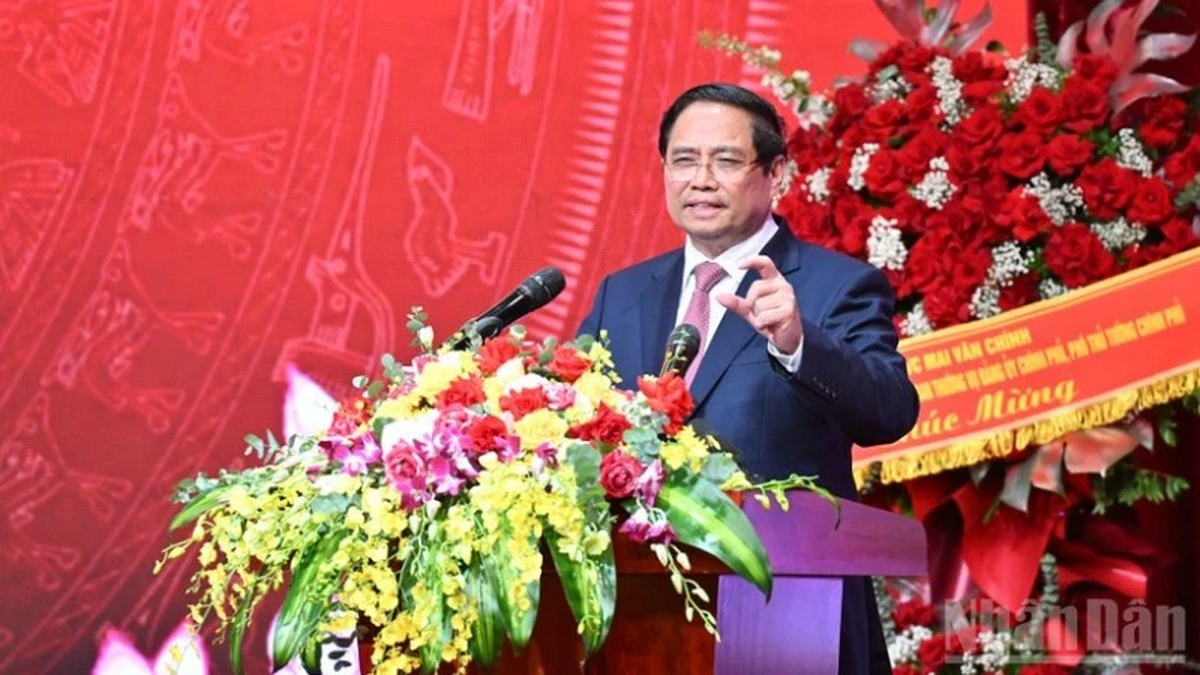

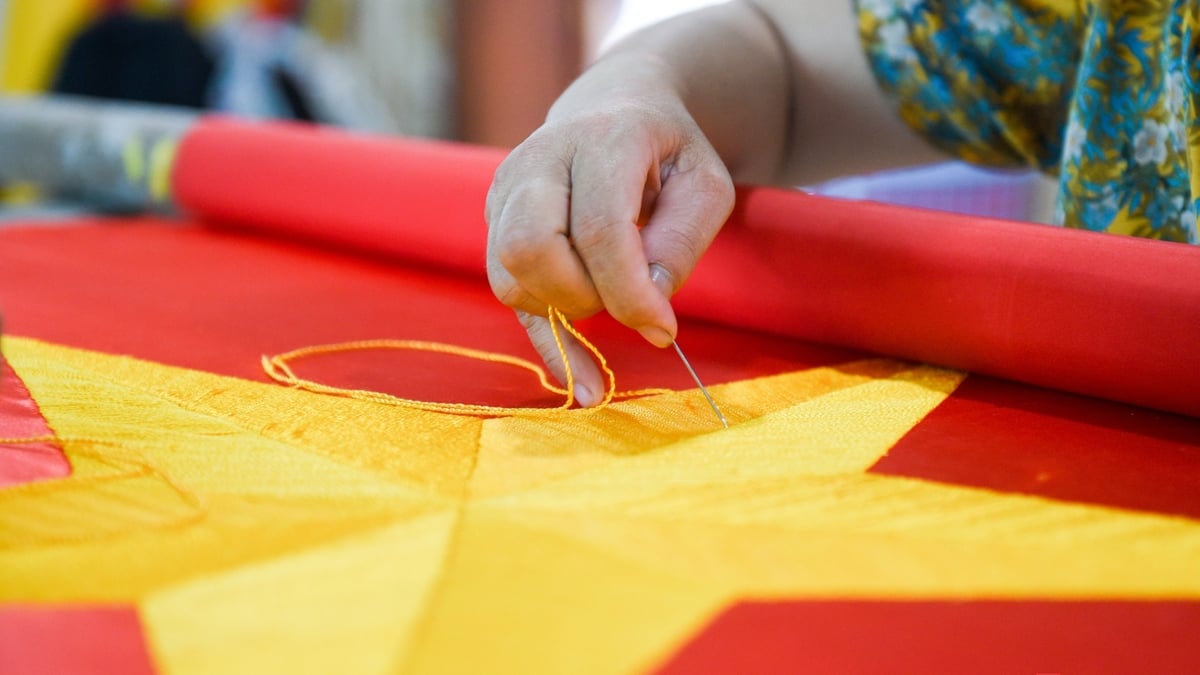
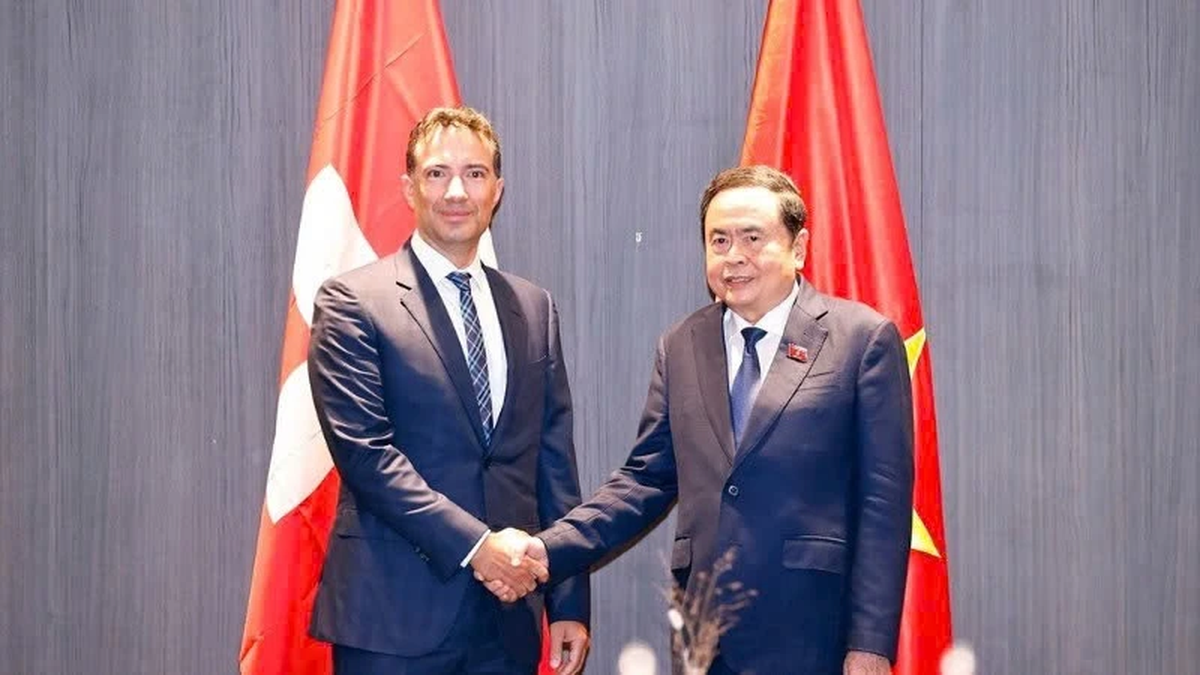
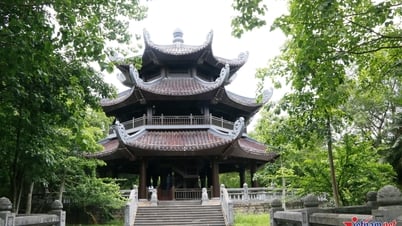



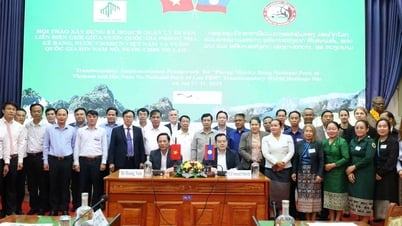




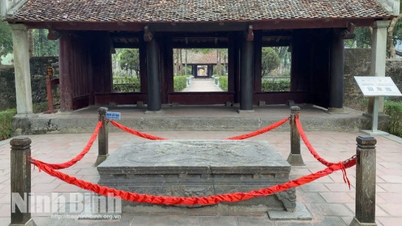


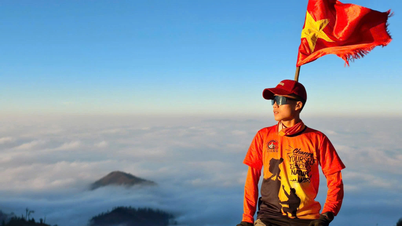

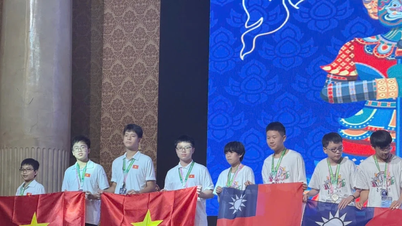




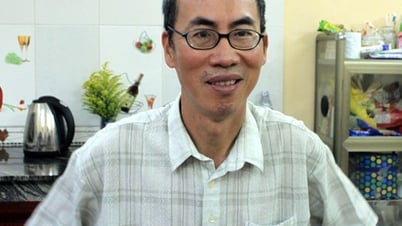




![[Maritime News] Container shipping faces overcapacity that will last until 2028](https://vphoto.vietnam.vn/thumb/402x226/vietnam/resource/IMAGE/2025/7/30/6d35cbc6b0f643fd97f8aa2e9bc87aea)
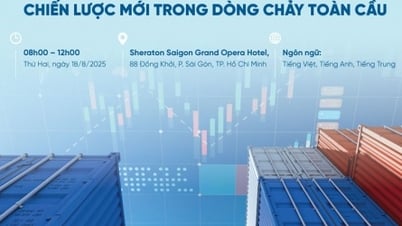



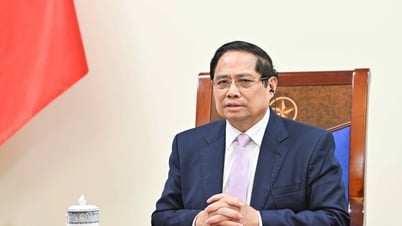


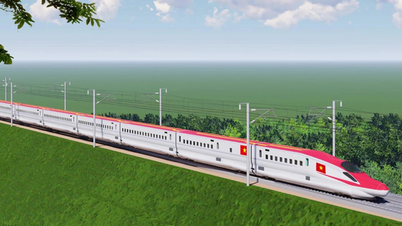
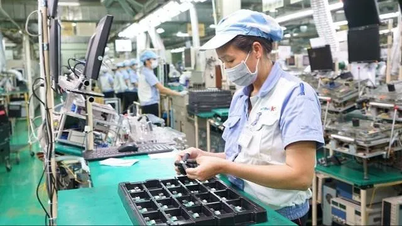



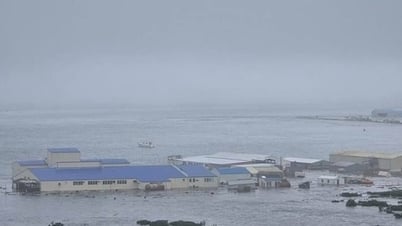

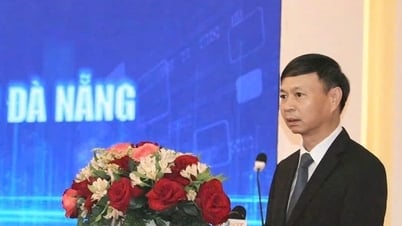

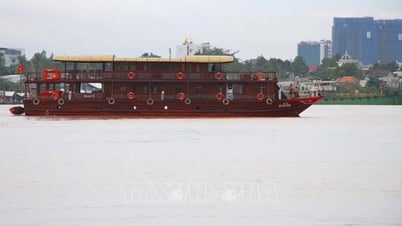

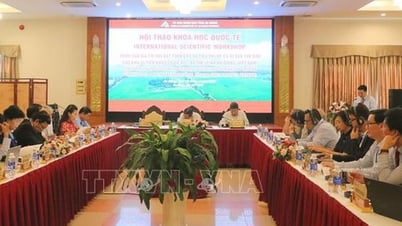

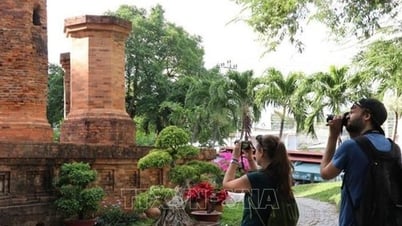
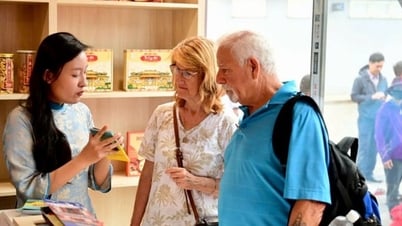







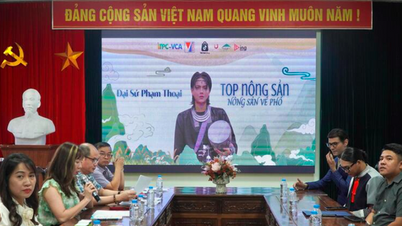

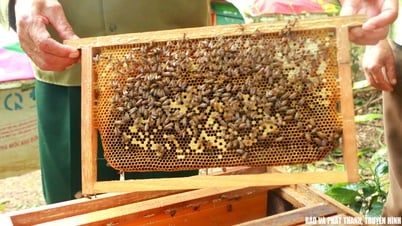

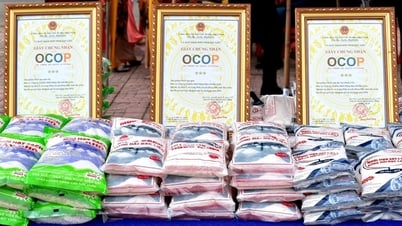
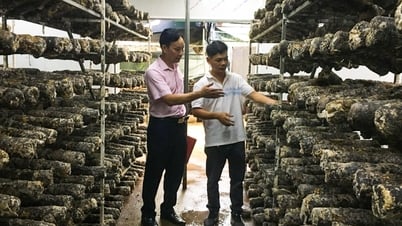

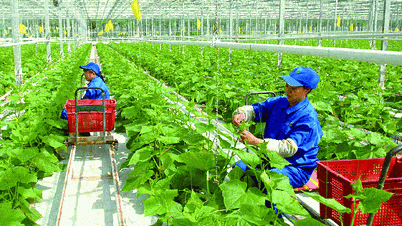








Comment (0)